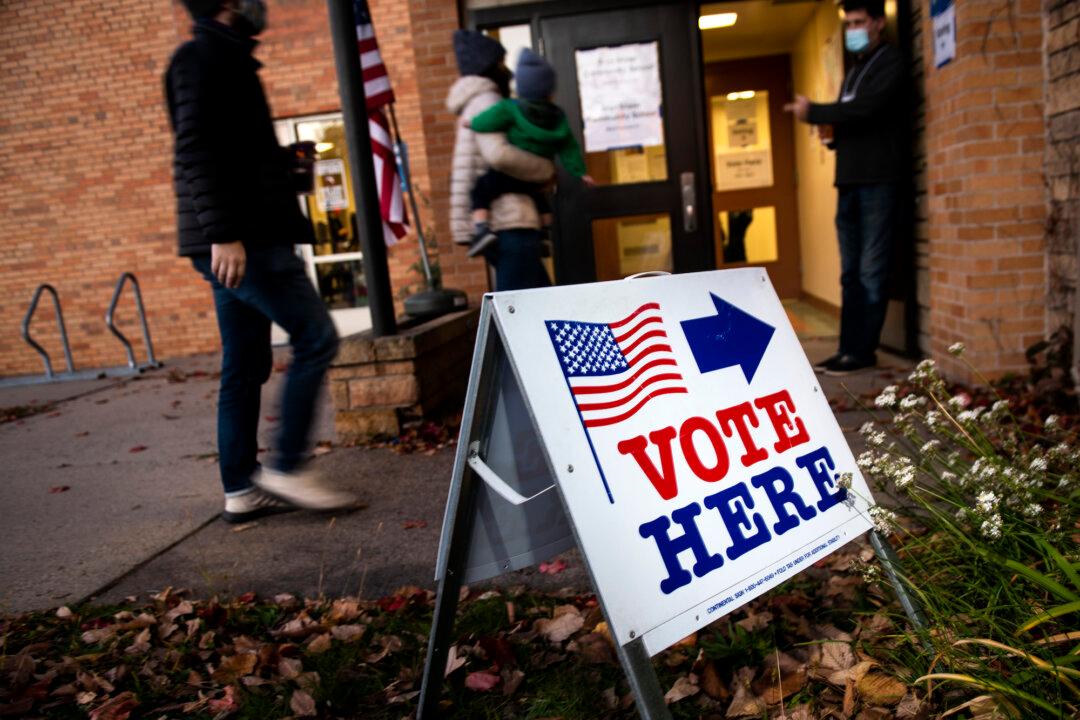The 2022 November general election is fast approaching, and the question on everyone’s mind is, “What’s going to happen?” Will Democrats dominate, or will Republicans see a red wave?
At the state level, Mandy Zoch, Project Manager for the National Conference of State Legislatures, looked into the proverbial “crystal ball” and found five key trends framing state elections.





